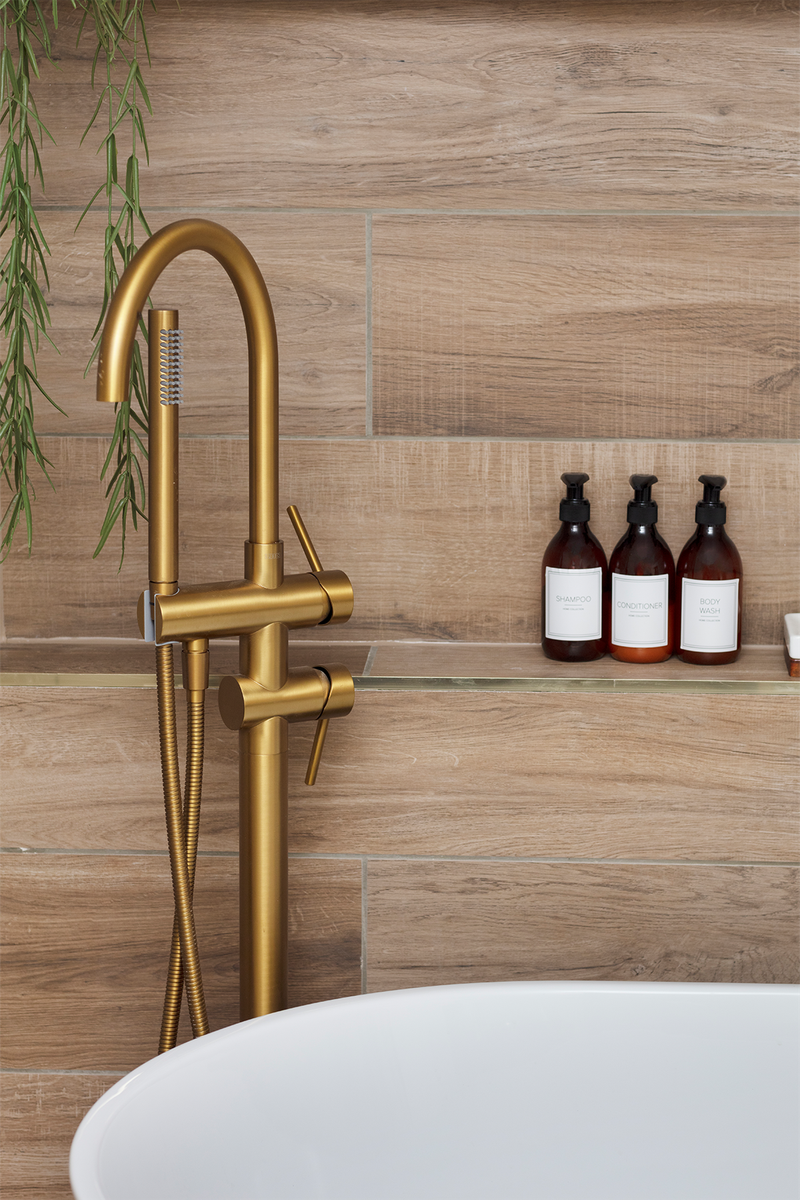The 11 Most-Googled Interior Design Questions, Answered By The Experts
What’s the best way to plan a kitchen?
“The starting point for any successful kitchen design should always be understanding who is using the space and how. People’s lifestyles vary, so being clear on what will take place within the kitchen, and how this relates to the rest of the home will help define how the space should be prioritised.
“Then, be realistic and honest with yourself about budget. Are you willing to move walls or windows and deal with structural works? This will inform the layout to a large degree. Once you’ve decided which appliances are essential and which ones are optional, you can start to plan the space. Consider the flow and how people move in it, as well as how much storage you need; do you have space anywhere else to store items that aren’t used as often? You’d be surprised, but often people don’t need as much in-built storage as they think.” – Amy Hicks, lead designer at Blakes London
What are the best materials for countertops?
“Choosing the right materials for your countertops is a crucial decision and it’s often the starting point of any kitchen design. Countertops go beyond functionality; they also play a significant role in shaping the overall look and feel of a space. To make the best choice, it's important to think about factors like durability, appearance, and ease of maintenance.
“In a recent project, we went for Arabescato Corchia marble throughout – in the butler's pantry, on the kitchen island and on the benchtop to create a cohesive look which offered not only a contemporary, bright feel but that also offered a hardworking surface for a family kitchen. Ultimately, the best material for countertops should align with your vision, lifestyle and budget. Each option offers a unique combination of aesthetics, durability and maintenance requirements.” – Claire Sa, director & co-founder, De Rosee Sa
/https%3A%2F%2Fsheerluxe.com%2Fsites%2Fsheerluxe%2Ffiles%2Farticles%2F2023%2F10%2F3-what-are-the-best-materials-for-kitchen-countertops-202-design.png?itok=525EOke_)
What’s the best way to separate a living and dining space?
“If you’re looking to separate a living and dining room, one would assume you’re dealing with an open plan space, in which case, the best approach is to create a different focal point for each zone to orientate them. For example, install a rug in the living room and a pendant light over the dining table – details like this keep the anchors separate and the messaging clear. It’s important to design each zone in an open plan room together, though. Don’t think that different styles will make separating each space easier. Design it as one and create a unique focal point for each.” – Christian Bense

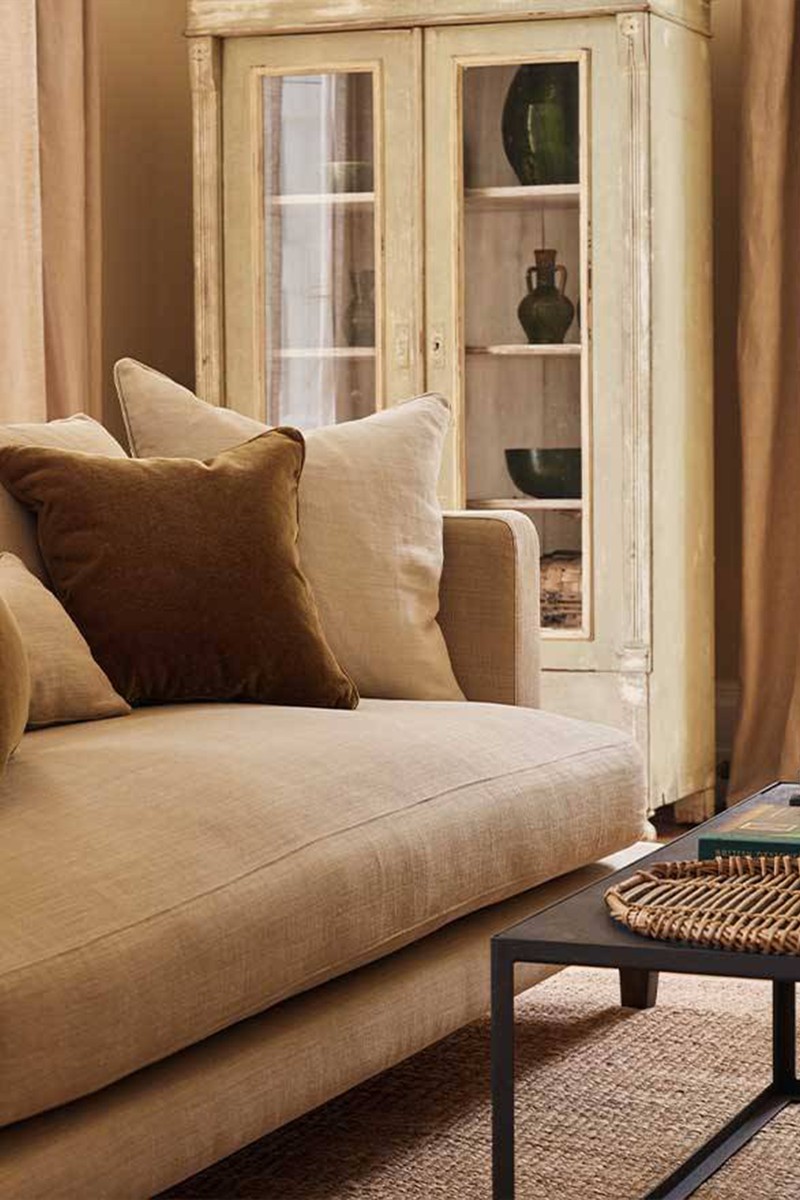
How long should you expect a sofa to last?
“If budget allows and you can invest in a hardwood framed piece, then this should last you for decades. If you’re going down a more bespoke route, it can also be made to your liking; cushions can be foam or feather filled or even foam wrapped in feather, depending on the support or comfort level you want. Choosing a bespoke option also gives you freedom over the fabric, providing it’s hard wearing and can be FR treated.
“If you already own a comfortable sofa but one that’s perhaps looking a little tired around the edges, then re-upholstering is the perfect way to revive it. Strip it down to its original frame and refresh it with new fabric to extend its lifespan. If the seat cushions are a little lacklustre, simply replacing the filling can give it that ‘new’ feeling again.” – Jojo Bradley, founder of Jojo Bradley Interiors
Is there an art to choosing the right wallpaper?
“A good rule of thumb is to let the size of the room dictate the scale of the wallpaper. Large-scale prints tend to be best suited to larger rooms as there’s more space to fill. A larger print tends to be more dramatic and papering a big space can make it feel cosier. Smaller scale prints typically have a more subtle effect, which could then get lost in a larger room. Something we typically avoid is a statement or feature wall. Wallpaper looks best when used en masse to create a more finished and complete look.
“I would recommend ordering samples – the bigger the better. Always see if you can get your hands on a larger, returnable sample to put up in the space, so you can check the colour and scale of the pattern. A good tip is to look at the sample at different times of the day, taking into account how much light the space gets and how the effect of the wallpaper may change. Wallpaper isn’t cheap, so while it’s essential to make sure it works, you also have to like it enough to live with it every day.” – Maddalena Minerva
How should you light a living room?
“It's important to layer the lighting in three ways – ambient, accent and task – so you can adjust it at different times of the day for different moods. Think about the layout of the room and then start to sketch out a plan. Start with the ambient lighting, considering where you want to place the lamps and whether you want to use a pendant in the centre of the room. The accent lighting is what creates interest in a room and is often used to highlight different features. In a living room, this may include directional recessed spots to light art, LED tape to illuminate shelving or bookcases, and recessed uplights to highlight a fireplace. I would also add that dimmers are really important, as they allow you to minimise light in the evening and create a different mood.” – Maxwell Barlow
Is there any way to make a small room feel bigger?
“When decorating a small room, it can be difficult to work out how to include all the essentials while still making it feel spacious. The most important tip is to avoid cramming too many things in, as this will make the room feel crowded and chaotic. Instead, choose fewer, high-quality pieces and try to leave as much floorspace as possible between them. To keep the room looking organised and spacious, plan the storage accordingly. Flexible and layered lighting is also great at enhancing the space and highlighting certain areas to make it look bigger. Pendant lights will brighten up the room for the daytime, while wall lights or lamps will create more ambience at the end of the day. Finally, I’m a strong believer that a curated colour palette of dark blues, greens and greys can create the illusion of more space, especially when paired with soft, tactile textures. Symmetry also helps – it makes everything feel easier on the eye.” – Naomi Astley Clarke
How long should a bathroom renovation take?
“As with most things, bathroom renovations can happen faster with some forward planning. We can turn a complete bathroom renovation around in two weeks if everyone is on the same page. There’s a lot of work that needs to be done inside the walls before any of the finishes are applied, so make sure you’ve mapped out your tiles, grout lines and positions for the taps and controls before the trade team starts running pipes.
“Ordering everything ahead is vital, as it’ll make sure nothing is delayed in transit – which can save weeks of lost time, especially if anything arrives damaged. Plan it all out and have everything ready for the team to use, and you should be able to have the old one out and a new bathroom suite in place in about a fortnight.” – Cathy Dean, founder & CEO of Studio Dean
How long should a mattress last?
“It’s best to change your mattress every seven to ten years to ensure you get the correct support and comfort. By turning it at least every three months and cleaning it regularly, your mattress should also give you over 3,650 peaceful nights with no lumps, bumps or dips. Rotate it head to toe as well to stop it developing a ‘hollow’ in the centre. Clever techniques such as box-stitched side panels will also ensure the longest lifespan. I’m a big fan of toppers, too; no matter how good a bed is, a great topper will make it feel even better. I use wool, cotton and down and feather ones in my home. Keeping our beds healthy is essential. Pillow and mattress protectors also add an extra layer that can be removed and laundered every few weeks to extend their lifespan.” – Mark Winstanley, creative director at The White Company
/https%3A%2F%2Fsheerluxe.com%2Fsites%2Fsheerluxe%2Ffiles%2Farticles%2F2023%2F10%2F11-how-long-should-mattress-last-the-white-co.png?itok=jFT20otU)
What thread count is the best for bedlinen?
“Thread count refers to the number of threads woven into one square inch of fabric. There is an assumption that a higher thread count is associated with better quality. Yet, when it comes to sleeping on exceptionally high thread counts, there is some debate, as a higher thread count doesn't necessarily mean superior sheets. For most, a thread count ranging from 300 to 500 is considered optimum. Bed linen within this range strikes the right balance between durability, breathability, comfort – and also ease of laundering and care. Sheets with a lower thread count feel lighter and cooler, making them suitable for warmer climates or those who feel hot at night. They are also easier to launder and quicker to dry. Linens with a higher thread count will feel more luxurious and smoother but are less breathable and therefore trap more heat. They are also bulkier to launder and a lot heavier when wet.
“Thread count shouldn’t be the sole determining factor in choosing bed linen. Consider the fabric weave type such as percale or sateen – percale is crisper, sateen silkier. Long staple cotton is a better gauge of quality as the longer staple cotton fibres provide greater integrity to the yarn, resulting in bedding that’s less prone to pilling or fraying. Ultimately, personal preference should guide your decision. My recommendation is always a 400 thread count with a pure silk or 600 thread count pillowcase.” – Georgia Metcalfe, founder of French Bedroom
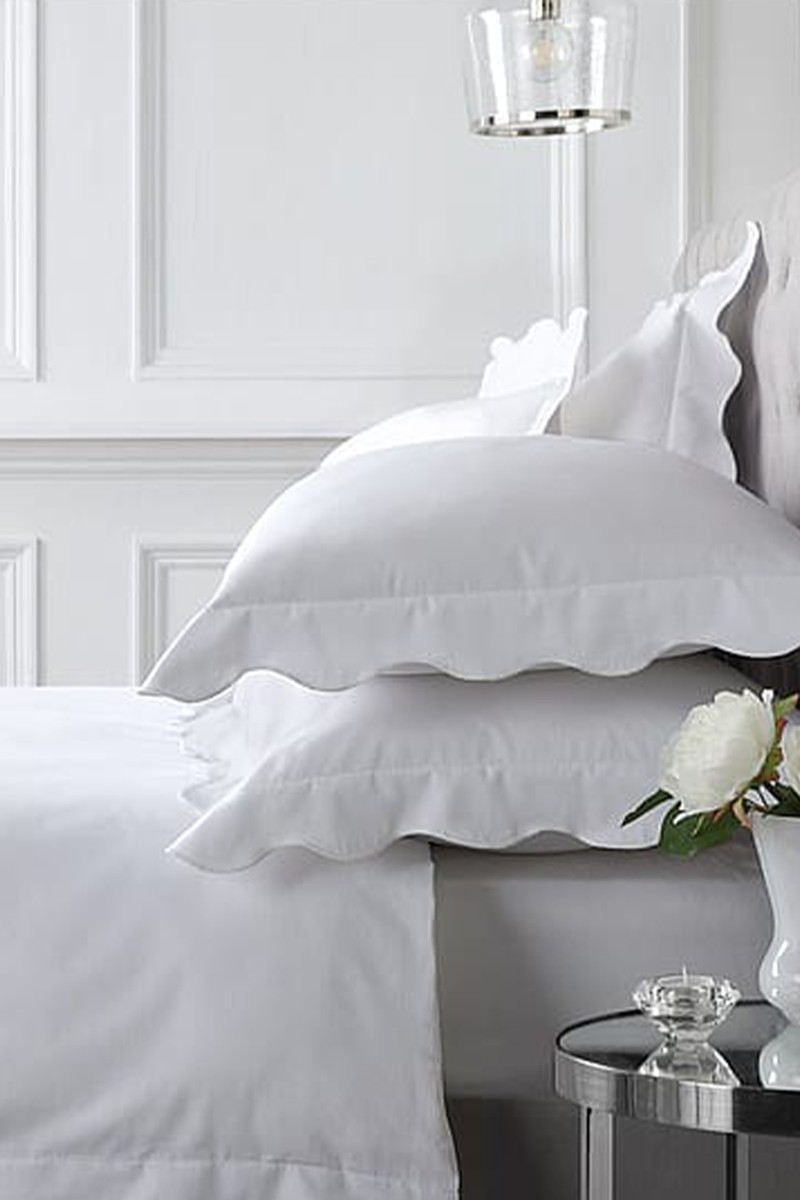
Is there a 'best' way to paint your kitchen cabinets?
“There are many ways to paint your kitchen cabinets and make them look as good as new, but we firmly believe that spraying them gives you the best result as you will get a smooth finish that doesn't crack. Do always consider the paint, however, as this can ensure your kitchen lasts much longer – we use water-based low VOC paint as it is more eco-friendly and the colours look lovely. When choosing the colour of your cabinets, consider how to add texture to your space using different materials that will complement your choice. You can use stained wood, veined worktops, ripple glass, open shelving, wooden or stone flooring, patterns etc. This will inform you where to start and the best way to do it yourself." – William Durrant, owner at Herringbone
DISCLAIMER: We endeavour to always credit the correct original source of every image we use. If you think a credit may be incorrect, please contact us at info@sheerluxe.com.
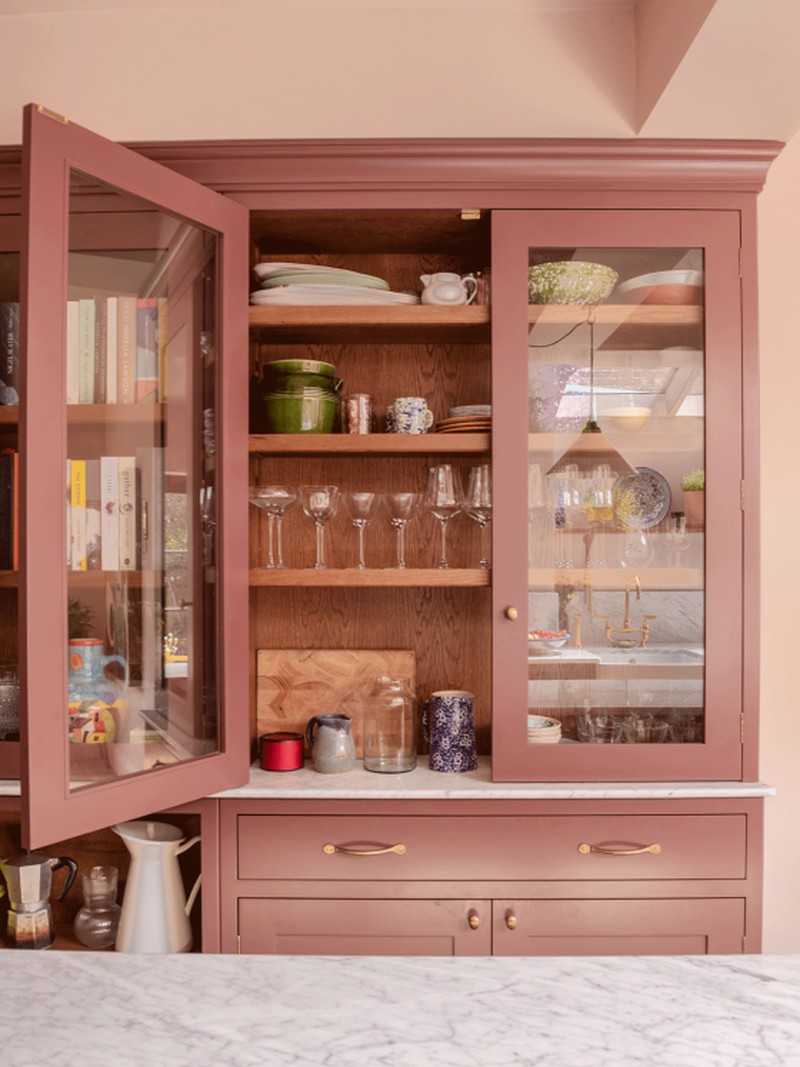
/https%3A%2F%2Fsheerluxe.com%2Fsites%2Fsheerluxe%2Ffiles%2Farticles%2F2023%2F10%2Fgoogle-interiors-questions-1-how-to-plan-kitchen-blakes-london.png?itok=Jo9sLOh-)
/https%3A%2F%2Fsheerluxe.com%2Fsites%2Fsheerluxe%2Ffiles%2Farticles%2F2023%2F10%2Fminerva.png?itok=KS1g9eKV)
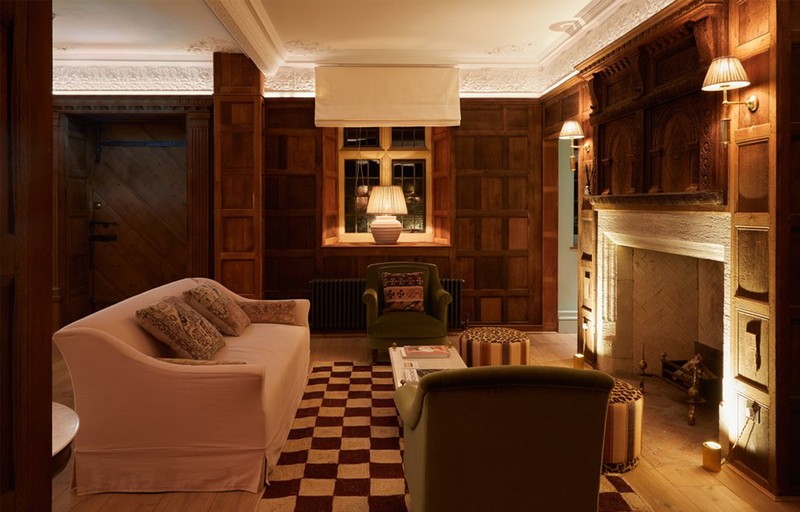
/https%3A%2F%2Fsheerluxe.com%2Fsites%2Fsheerluxe%2Ffiles%2Farticles%2F2023%2F10%2F10-how-can-you-make-small-bedroom-feel-bigger-naomi-astley-clarke.png?itok=PNHe24gS)
